Many lessons were learned during World War I, yet some of those were largely ignored — notably the French building their Maginot Line that the German Army, with its tanks, simply went around during World War II. Yet, small arms development saw significant innovations in the interwar period thanks to what was learned in the trenches.
One of the most notable lessons was that infantry needed portable automatic weapons. The French had taken the lead on such weapons even before the First World War with its Fusil Mitrailleur Modele 1915 CSRG (Machine Rifle Model 1915 CSRG) — more commonly known as the Chauchat after its inventor Colonel Louis Chauchat. The firearm has earned an unfair reputation as a poor machine gun when it was actually quite a revolutionary design.
The French Army was among the first military forces to truly appreciate how a light machine gun be employed both in an assault and in defense of a fixed position.
Development of a New Light Machine Gun
When the dust settled in November 1918 — mostly, as regional and localized wars continued in Russia, Poland, Ireland, and Turkey among other places — the development of machine guns largely came to a halt. There were exceptions, notably American John Thompson pressed on with his Annihilator or Trench Broom, which became the M1921 Thompson submachine gun.
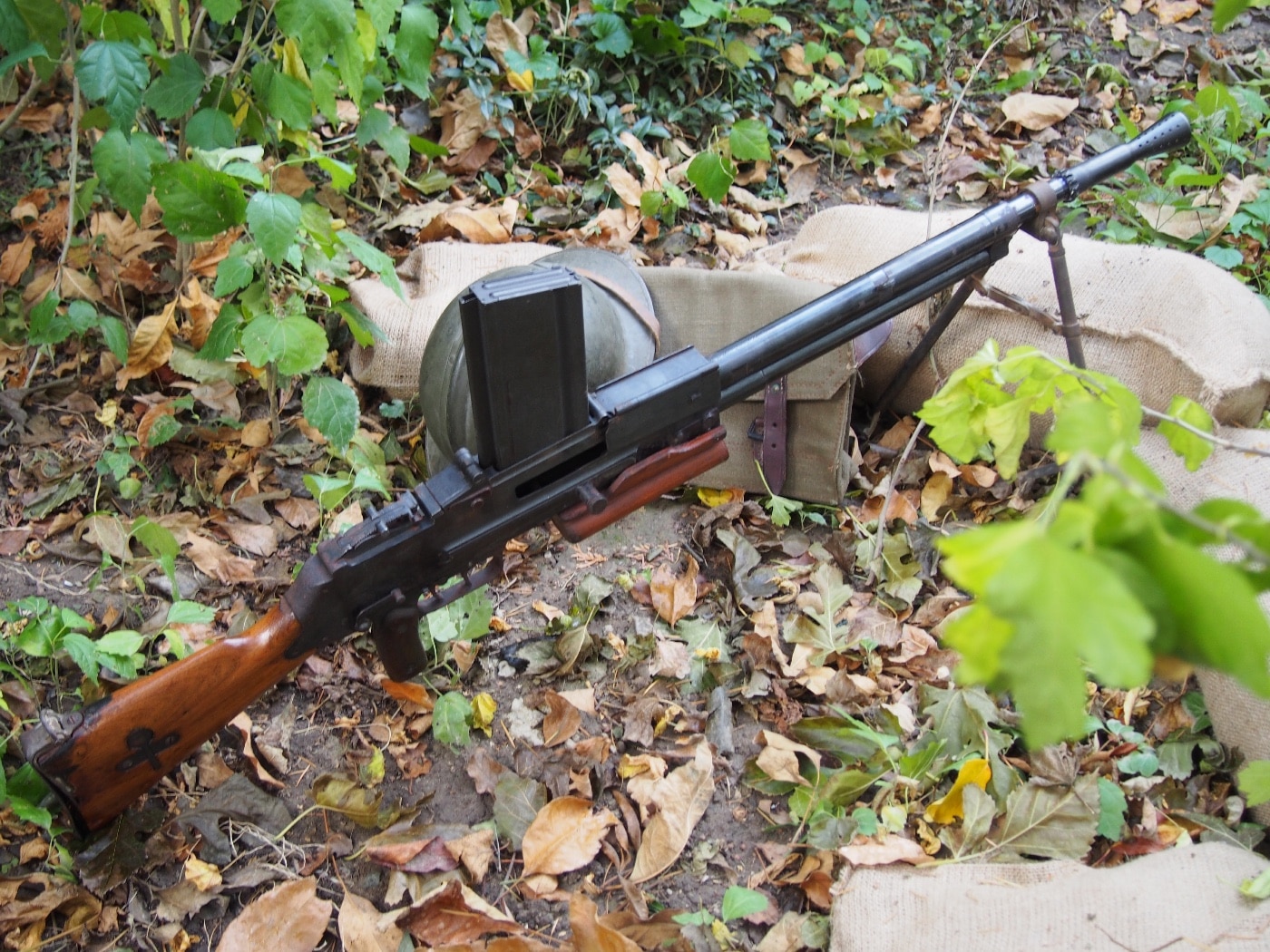
Yet, most of the countries involved in the war had arsenals full of small arms and no desire to use them anytime soon. That included France, which had practically bled white during the war. Being an exception, by the early 1920s the French military began to consider replacing the aforementioned Chauchat, and its leadership considered weapons such as the Lewis Gun and the American M1918 Browning Automatic Rifle (BAR).
In true French fashion, it was decided to develop a firearm locally.
Manufacture d’Armes de St. Etienne (MAS) even proposed to produce a derivative of the BAR but Manufacture d’Armes de Châtellerault (MAC) won the eventual contract. Its offering was still partly based on the action of John Browning’s automatic rifle design but incorporated several unique features.
7.5×57mm MAS — Development of a New Cartridge
One of the biggest stumbling blocks for the French military in the 1920s was that its rifles and automatic weapons were still chambered for the 8mm Lebel (also known as 8×50mmR Lebel) service cartridge. It had been an ancient round even at the start of the First World War — and it was the first military cartridge to employ smokeless powder.
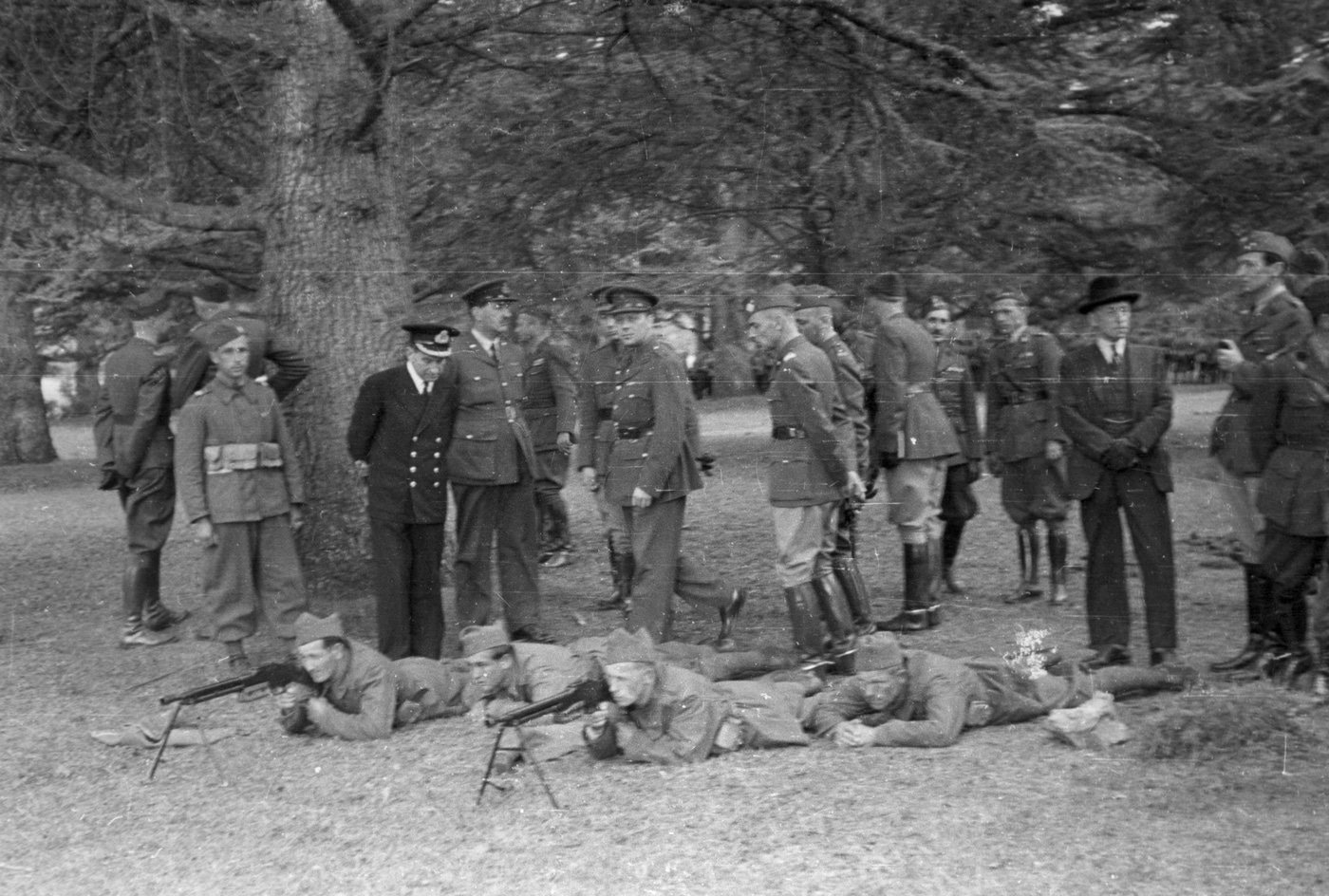
The late firearms historian Ian Fogg famously described it as being a poor performer and that it had a terrible shape to try and build an efficient machine gun around. It was a rimmed cartridge with a sharp taper to the case, whereas the best machine gun cartridges of the era were rimless.
As a result, the French began to copy the German 7.92x57mm Mauser (commonly known as 8mm Mauser or 8x57mm), but once again in true French fashion, it was modified to 7.5x57mm for reasons that have never been fully clear, even to firearms historians.
With a new round, next was developing the weapon to fire it.
Enter the Châtellerault
The French military had been quite impressed with the American BAR, which saw limited use at the end of the First World War. In developing what was to be the new machine gun, the designers, led by Lt. Col. Reibel and assisted by Chief Armorer Chosse borrowed the BAR’s method of operation, which tilted the bolt to lock.
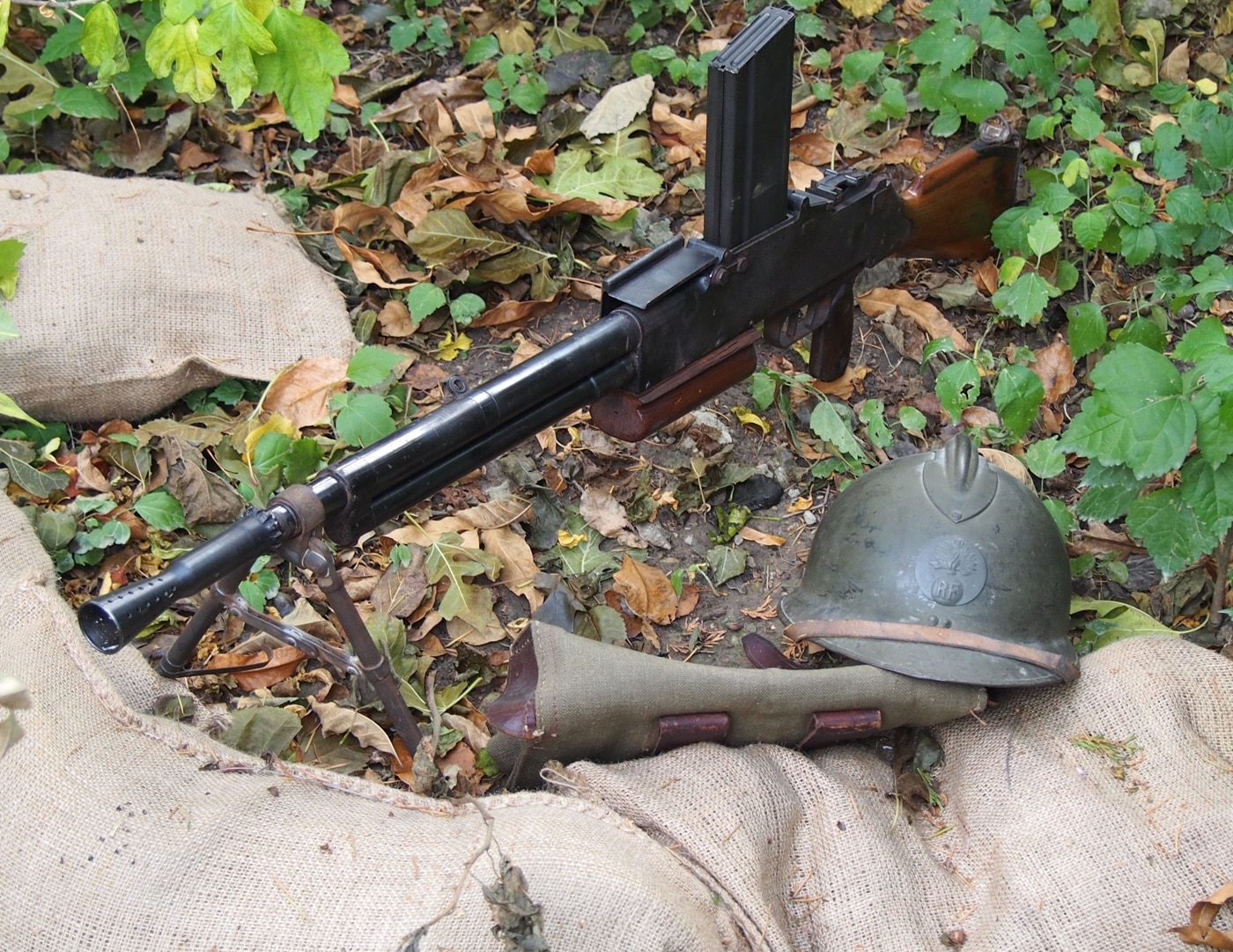
However, the French design also moved the magazine from the bottom to the top. The Chatellerault Fusil-Mitrailleur Modèle 1924 (translated to Machine Gun Model 1924) was not the first firearm to feature a top-loading magazine, and that honor (at least the first successful deployment of a top-loading magazine) goes to the Danish-made Madsen machine gun.
Though it presented some issues, the top-fed magazine made the weapon far easier to use in combat.
The initial 7.5mm round proved to have “issues” and some early models of the light machine gun were plagued with mysterious explosions and other defects. As a result, the cartridge was withdrawn and redesigned with a shorter case — becoming the 7.5×54mm French. The rimless bottleneck cartridge is also known as the 7.5 French or 7.5 MAS.
The 7.5×54mm French rifle cartridge would see service with the French military until it was superseded by the 5.56x45mm NATO and 7.62×51 NATO cartridges in the 1970s and 1980s.
The modified version — Fusil-Mitrailleur Modèle 1924 Modifié 1929 (FM Mle 1924 M29) — was introduced in 1929. It proved to be a well-designed, robust firearm. Earlier versions of the machine gun were modified to accommodate the shorter rifle cartridge.
But there were other problems.
First, The Great Depression began in October of that year, and France’s economy was already in bad shape. The French taxpayers simply didn’t want to fund more weapons — while most available money was spent on the Maginot Line.
As a result, production was slow, a fact that wasn’t even fully addressed by the time war broke out in 1939.
Unique Design of the FM 24/29 Light Machine Gun
The FM 24/29, which was developed to provide an infantry squad with serious firepower, had some notable features, including twin triggers. Instead of a selector switch, one trigger was for semi-automatic fire while the other was for full-auto. The light machine gun’s bolt was designed to be held open after the magazine’s last round had been fired.
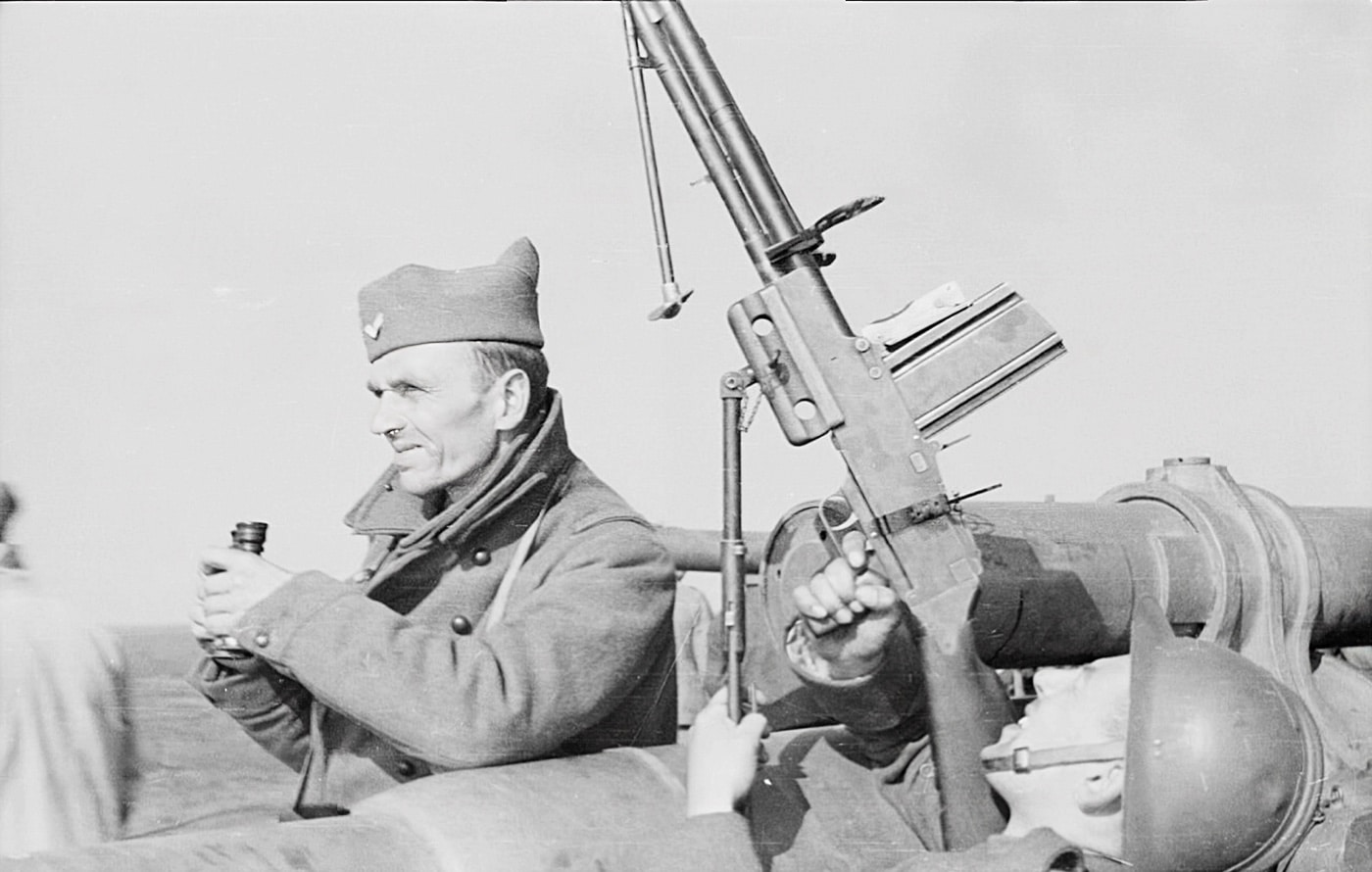
The weapon also featured a pistol grip, folding bipod, flash hider, and an in-line wood stock. As noted, it was fed from a top-mounted 25-round detachable magazine — which required the shifting of the rear and front sights slightly to the left, and in turn required the weapon to be fired right-handed.
It was also equipped with dust covers to protect the openings when not in operation. It was both a rugged and refined firearm.
One Significant Flaw — Barrel Heat vs. Rate of Fire
The French military hadn’t exactly rushed the development of the FM 24/29, but a prime requirement of automatic weapons of the era was ignored — namely a quick-change barrel.
Constant firing of the light machine gun could heat the barrel to very high temperatures.
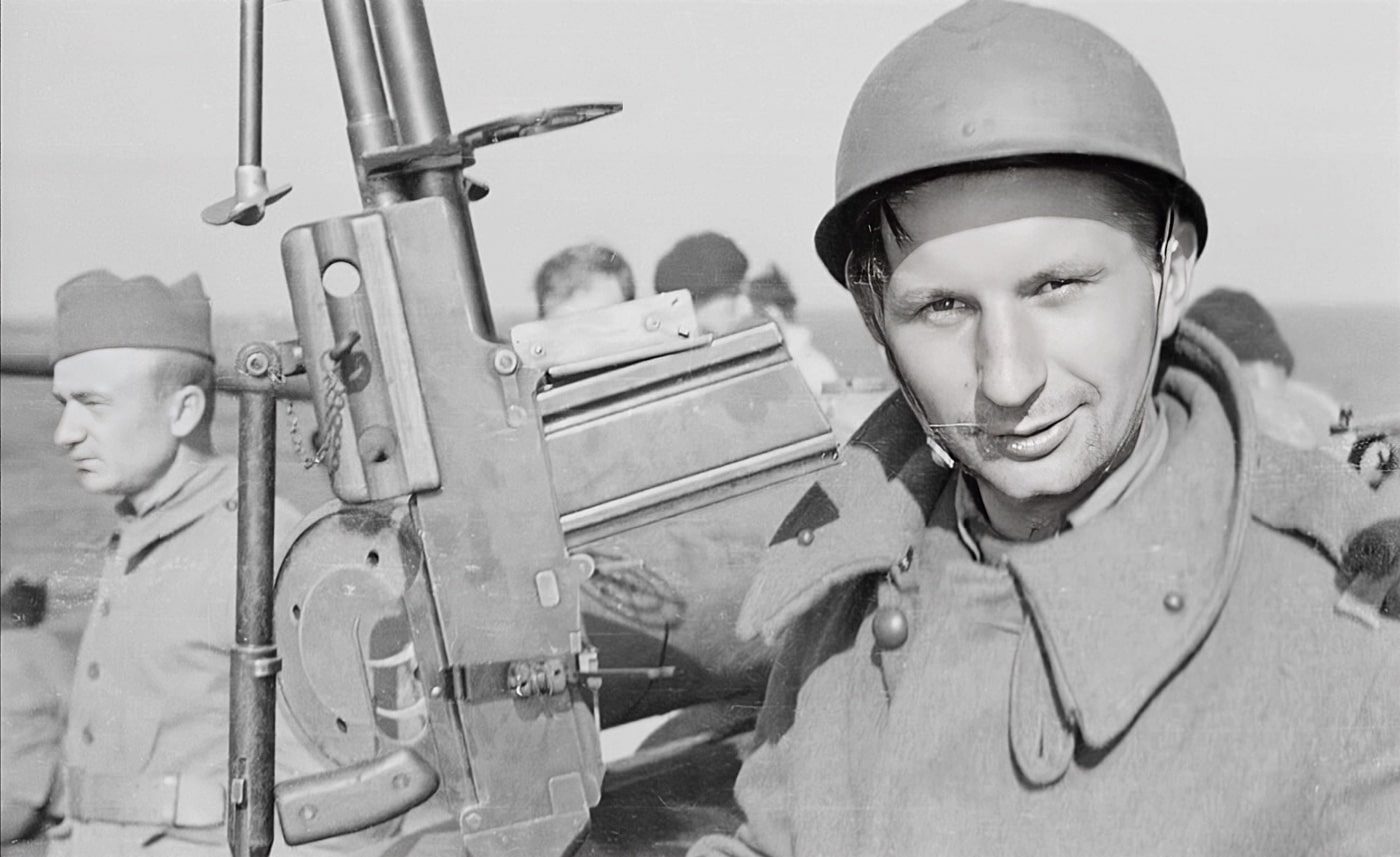
As Ian Fogg had also noted, with most firearms, roughly 30 percent of the energy can go to heating the barrel, and if a machine gun is fired non-stop for more than one thousand rounds, the inside barrel temperature can reach 750 to 800 centigrade. Once the steel is past 550 to 600 centigrade, the molecular structure can be affected and the steel can erode.
That can happen in a very short time — resulting in damage to the rifling, which impacts the accuracy and range. As a result, the FM 24/29’s cyclic rate was controlled at 450 rounds per minute, thus allowing more continuous firing without overheating, while the French Army instruction manual of July 1925 recommended operators not to go beyond 400 rounds of uninterrupted firing since at that point the gun needs to be given a pause of 10 to 15 minutes to cool down.
That’s not the sort of thing that soldiers are likely to do in combat!
The FM 24/29 Goes to War
It is noteworthy that the FM 24 actually saw its first use in combat even before it was “perfected.” A number were used during the Rif War — the armed conflict fought from 1921 to 1926 between Franco-Spanish forces and the Berber tribes of the mountainous Rif region of Morocco.
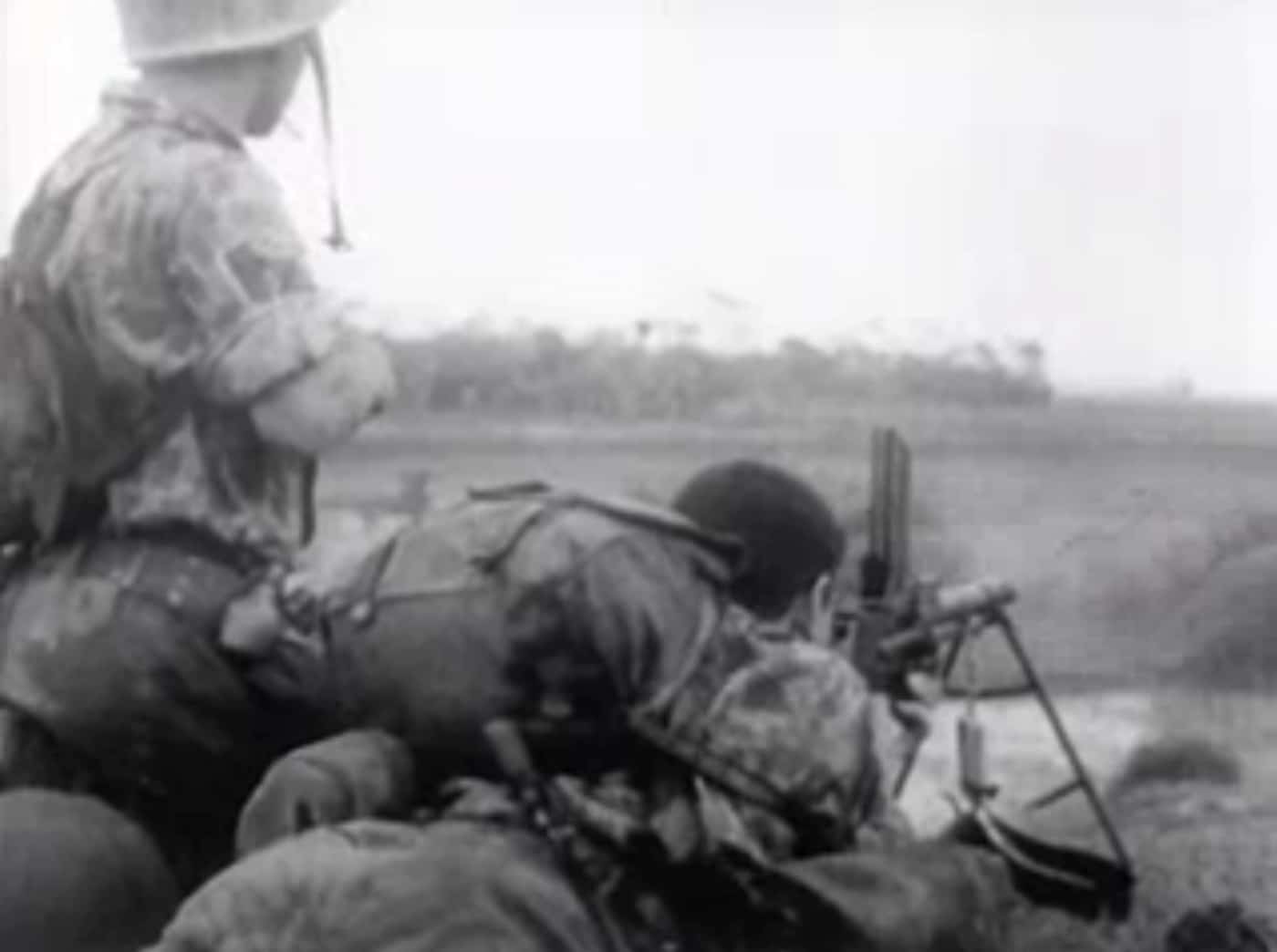
The improved model of the light machine gun served as the standard squad-level automatic weapon of the French infantry and cavalry at the outbreak of World War II. Manufacturing of the weapon ended when France fell to Nazi Germany in the spring of 1940.
Interestingly, while Germany largely employed captured weapons from the lands it conquered, it was not found to be particularly impressed with the FM 24/29. However, it was used by occupation troops in France, while at least a few were deployed to the Eastern Front against the Soviet Union as evidenced by the fact that there are some on display in museums devoted to the Great Patriotic War, (the Russian name for World War II). Those were apparently captured from second-line Wehrmacht troops.
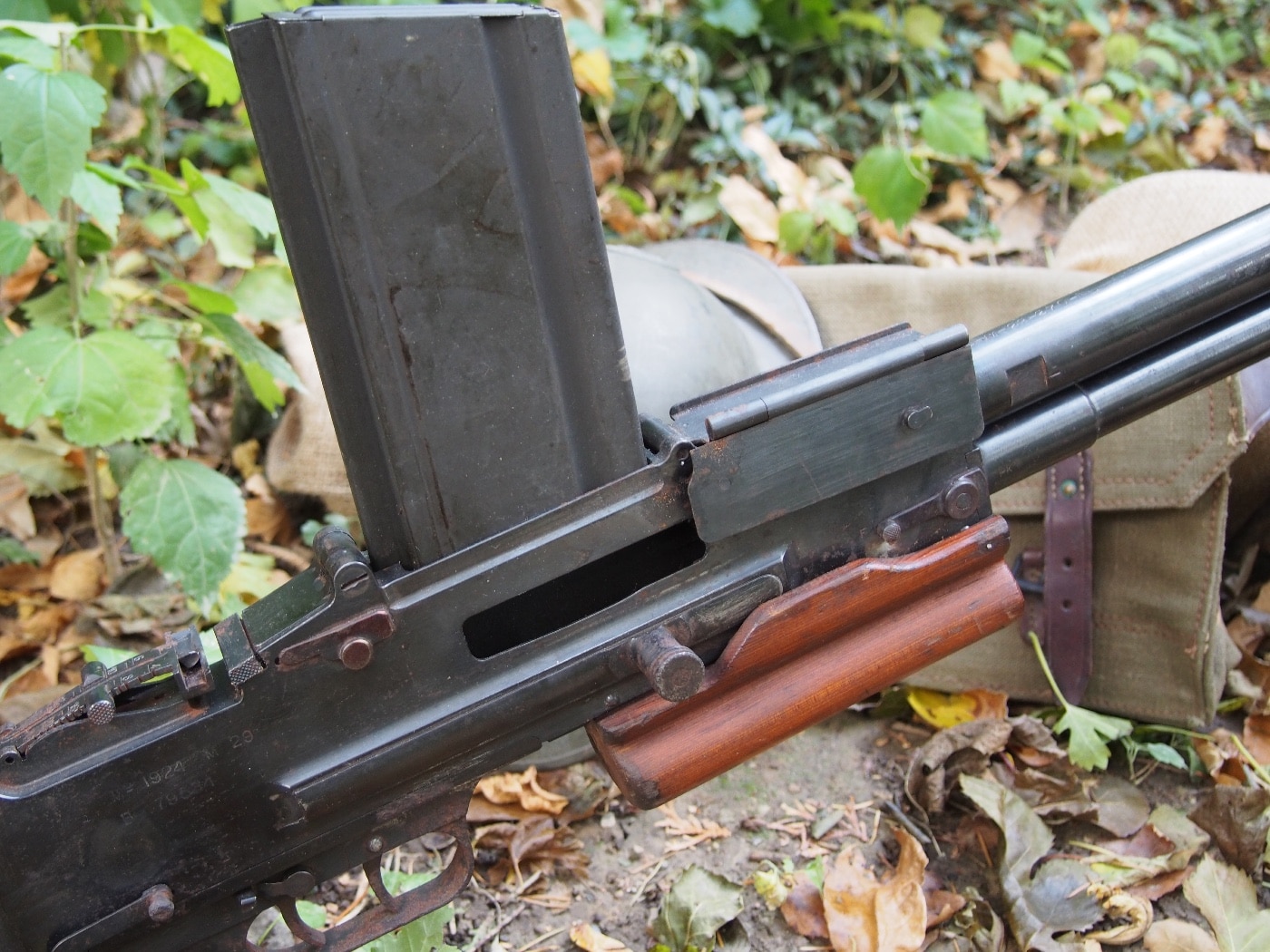
The FM 24/29 remained the primary light machine gun of the French Army during the First Indochina War and then in the Algerian War. Many were captured in Indochina and pressed into service with the Viet Cong and the People’s Army of Vietnam (PAVN) and subsequently used against U.S. forces in the Second Indochina War — while the Army of the Republic of Vietnam (ARVN) also employed a significant number of former French Army small arms including the light machine gun.
[Be sure to read Tom Laemlein’s article on Viet Cong weapons for an in-depth look at the small arms of this conflict.]
The FM 24/29 was gradually phased-out of service with the French military as it adopted the AA-52 machine gun in the mid-1960s, yet it remained in use with some National Gendarmerie units until the early 2000s.
The Model 1931 Variant
The FM 24/29 was employed as an infantry weapon but also mounted on motorcycle sidecars. In addition, the French military developed a modified version that was designated the MAC Modèle 1931. Commonly known as the Reibel machine gun, it was designed for use in French fortifications, notably the Maginot Line. It used the same basic mechanism but had a longer/heavier barrel and a vertically-founded pan magazine.
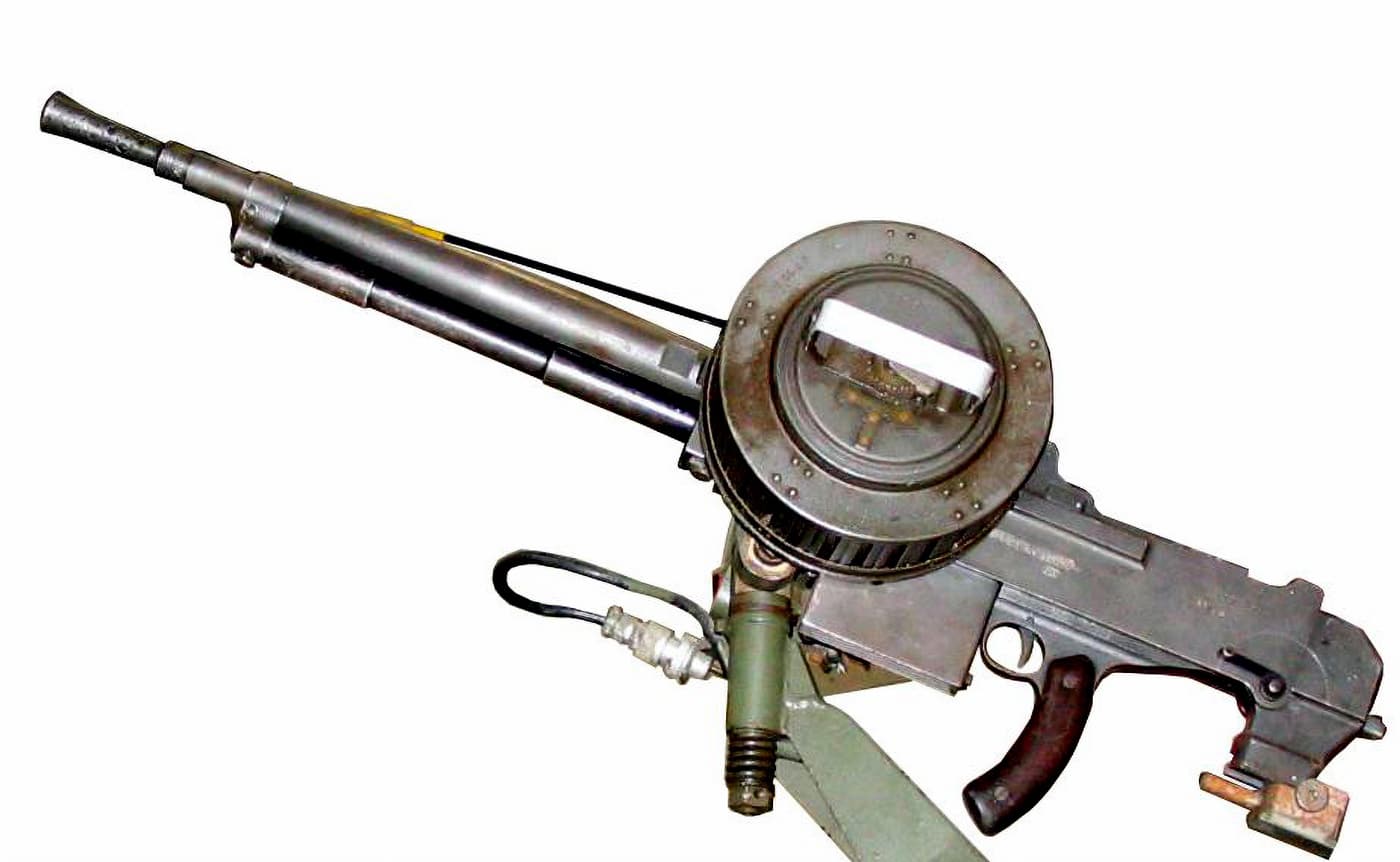
The Model 1931 was also employed on some French tanks.
A twin-mounted version — the Jumelage de mitrailleuses Reibel (Reibel twin-mounted machine guns) — was mounted in jeeps in the Special Air Service style by during the Indochina War.
The Legacy
Though the FM 24/29 served as a standard light machine gun for the French military for more than 50 years, its legacy may be in that it inspired the development of the Czechoslovakian ZB vz. 26. Designers at the Česka Zbrojovka (CZ) Praha (Czech Arms factory in Prague), reviewed several firearms including the Chatellerault light machine gun. It likely incorporated some of the features from the French weapon, notably as the pistol grip and top-loading magazine.
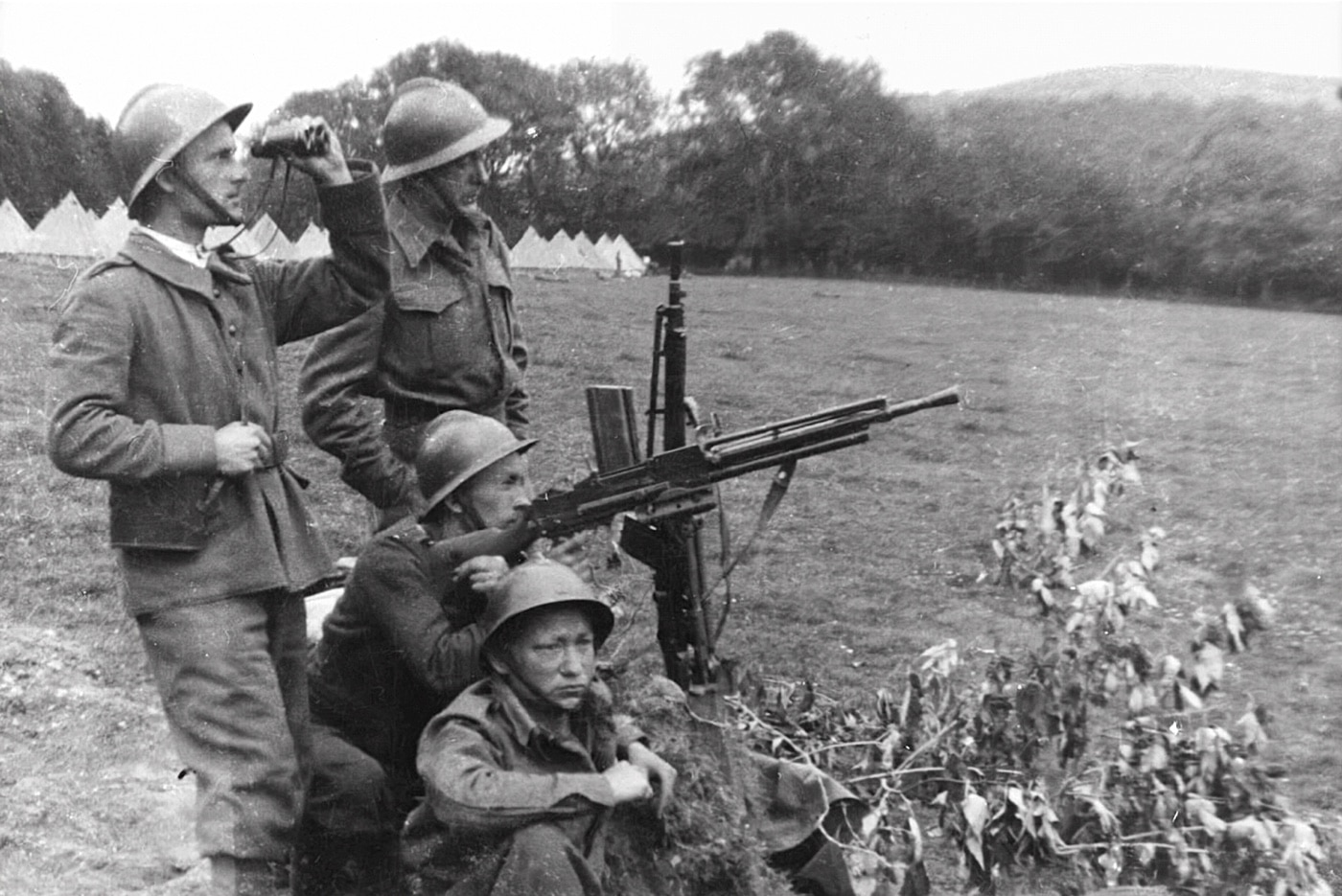
The ZB vz. 26 in turn went on to influence other light machine guns that saw service in the Second World War including the British Bren Gun and the Japanese Type 96, Type 97, and Type 99 light machine guns.
Editor’s Note: Be sure to check out The Armory Life Forum, where you can comment about our daily articles, as well as just talk guns and gear. Click the “Go To Forum Thread” link below to jump in!
Join the Discussion
Read the full article here

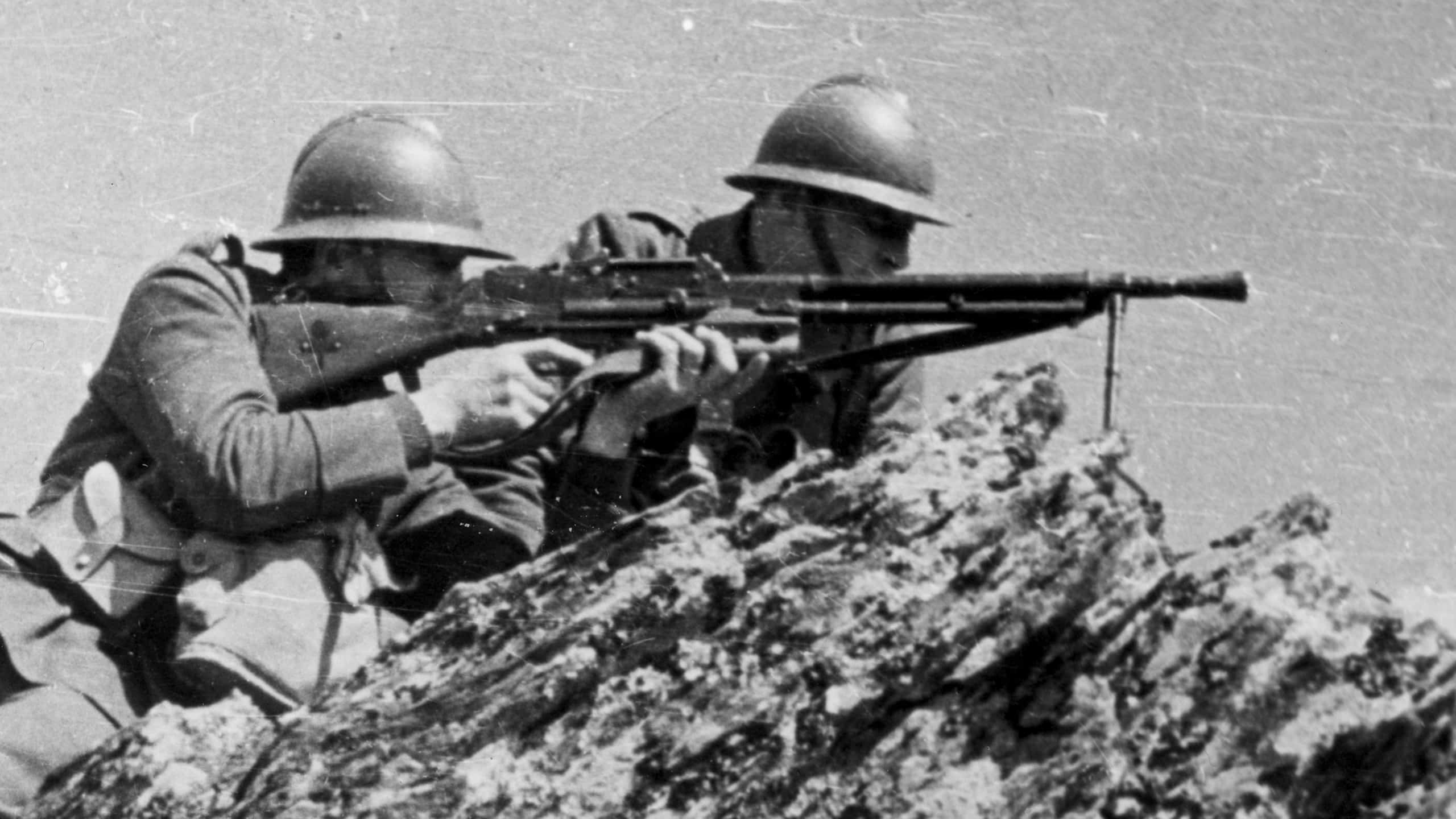










Leave a Reply